These unique jars combine a few different processes. You are seeing "round 3" of their mostly flushed-out design. They are wheel-thrown into a completely closed shape, but hallow inside. I poke one tiny hole in the side so air can escape as it is left to dry and stiffen up a bit. Later, I carve out an irregular scalloped line all the way through the clay and around the piece to make a top and bottom.
The top which is now the lid has received colored slip dollops that are like polka-dots and the bottom is glazed with my bubble method. Then they are bisque fired. Then, they will receive clear glaze and glaze-fired. After that, the knob and the feet will be painted with gold luster. Then back into the kiln for a few hours to adhere the gold to the glaze.
So many steps!
I am toying with what to call them, but I think "Petal Jar" is the winner as I feel this name yields itself an invitation for other matching items.
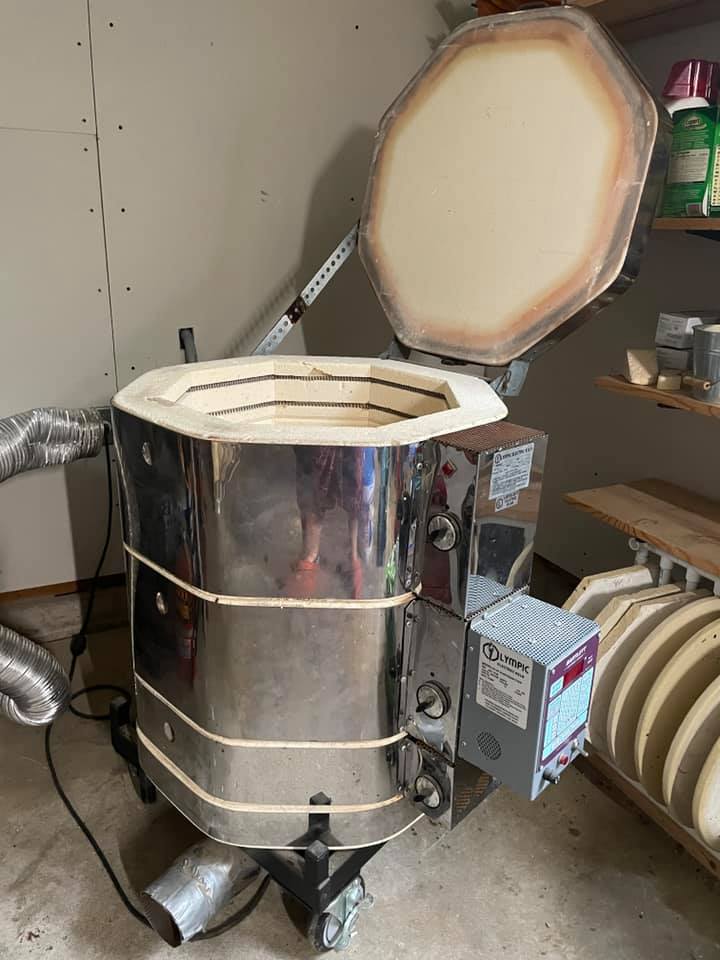
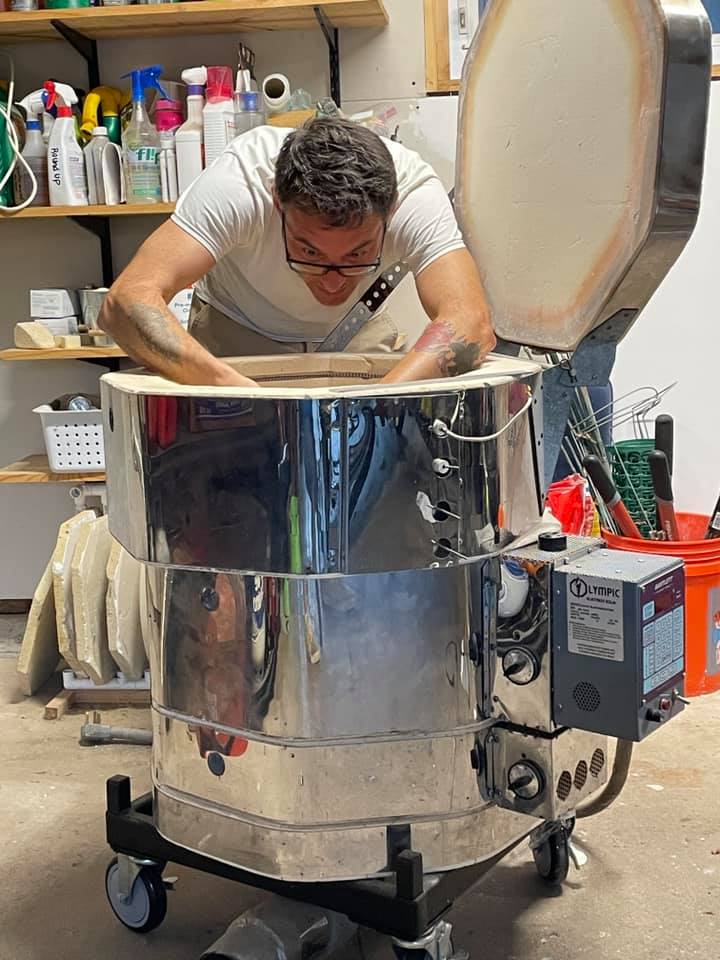
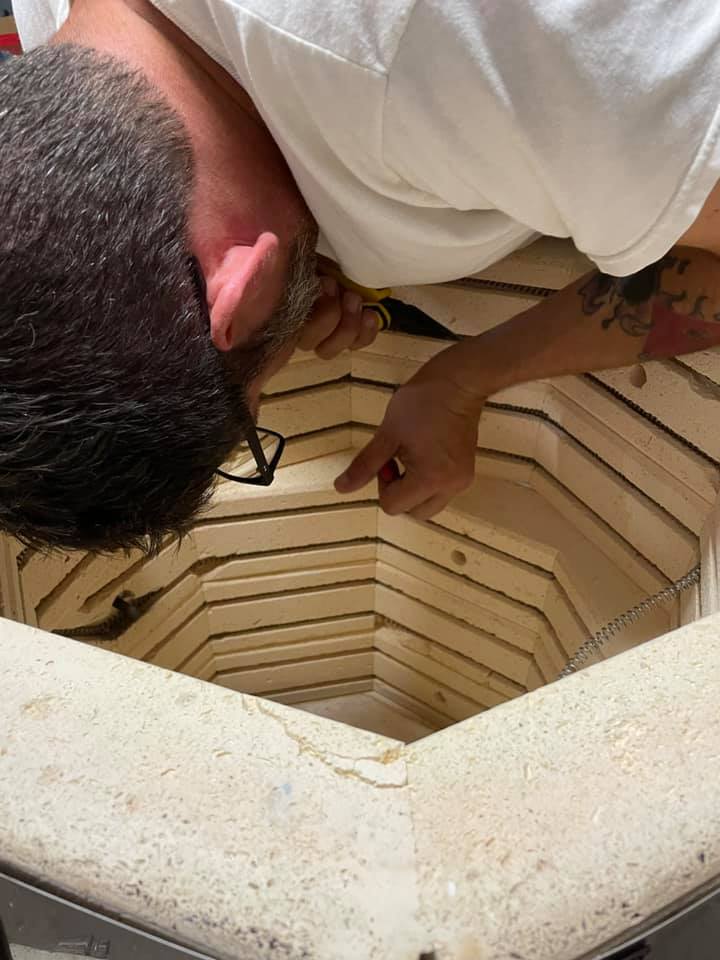
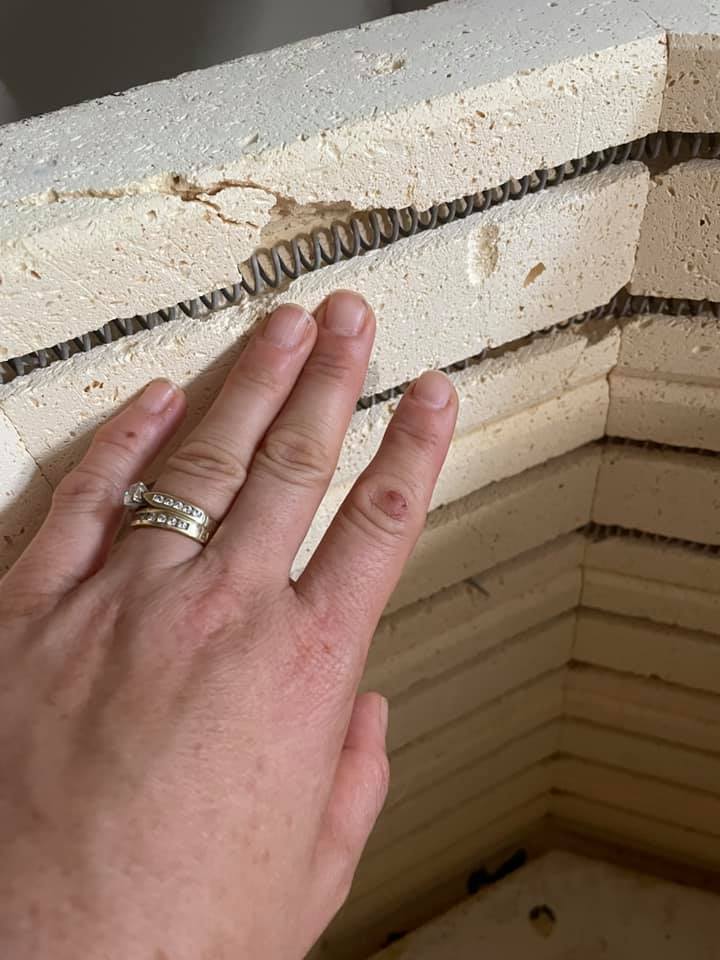
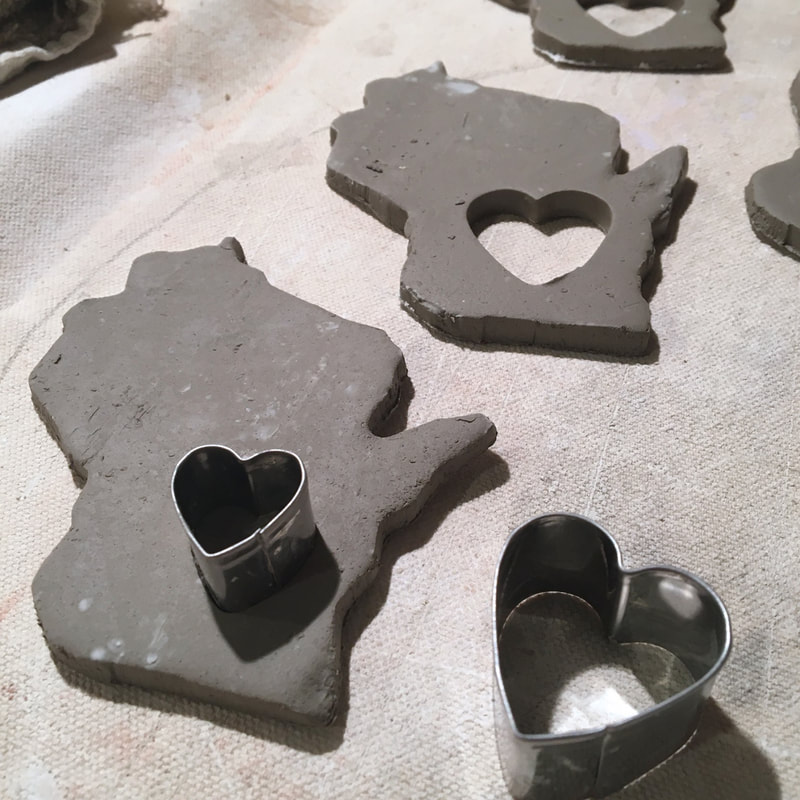
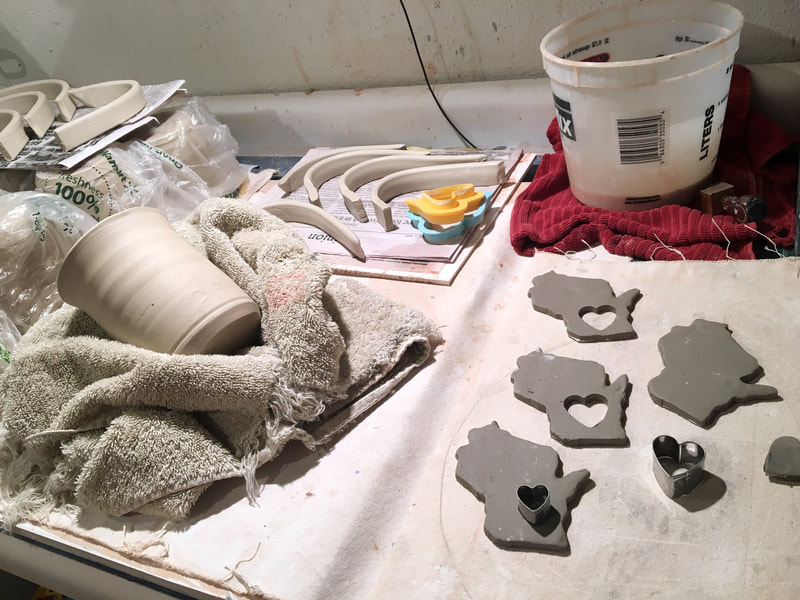
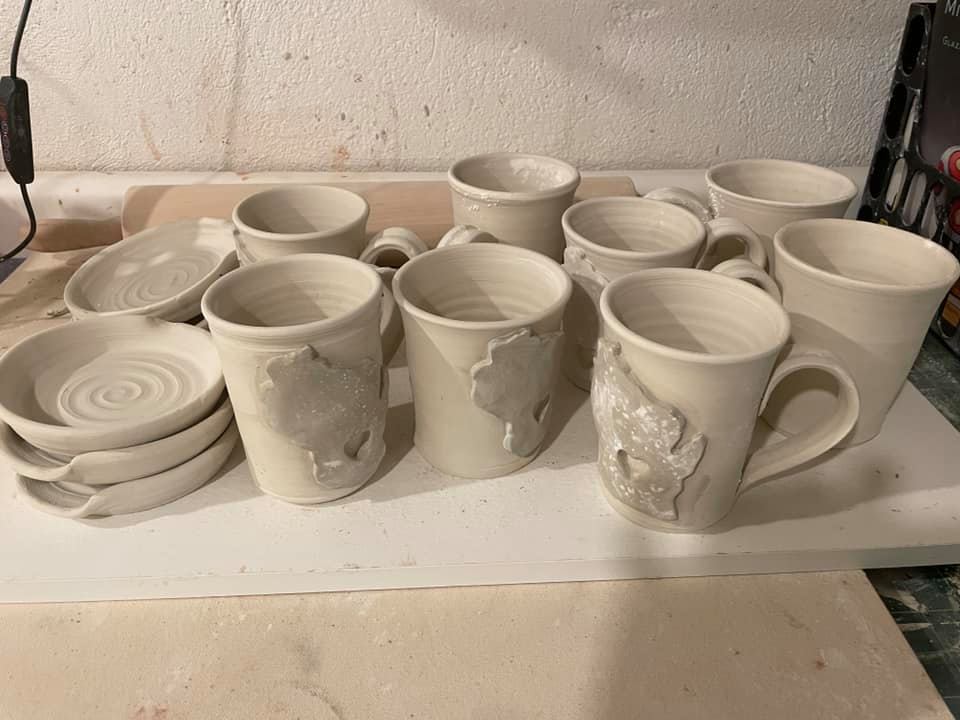
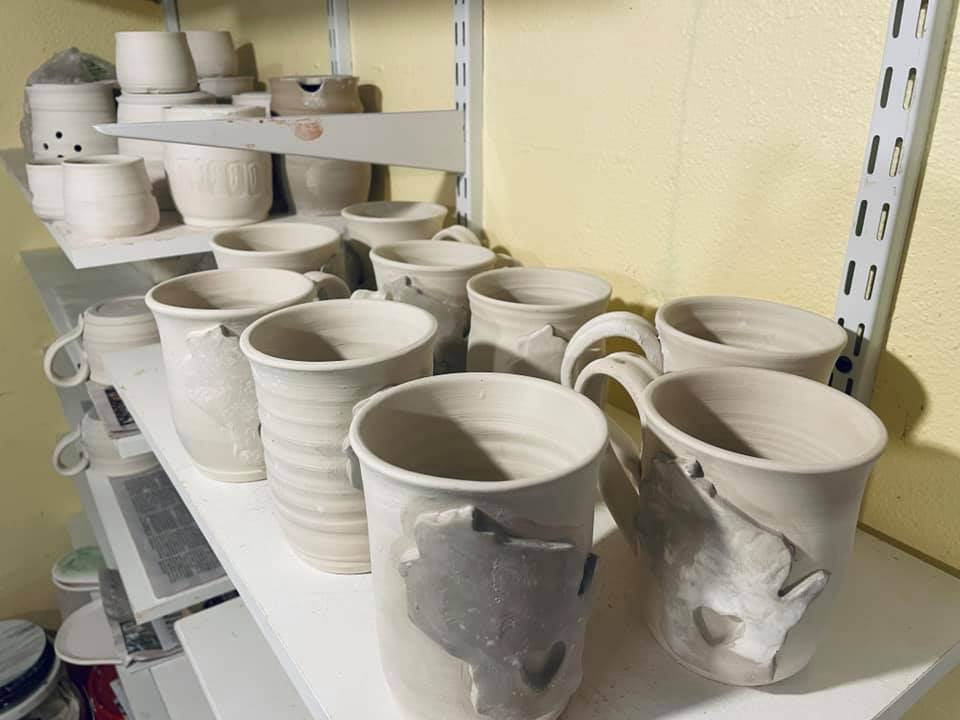
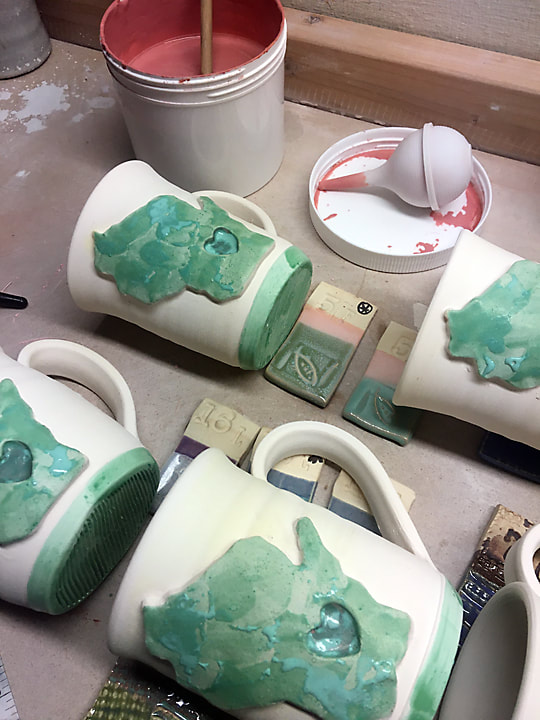
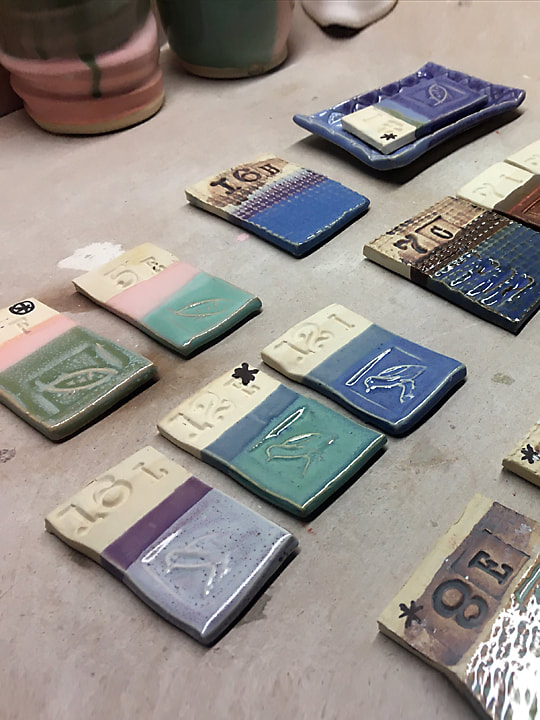
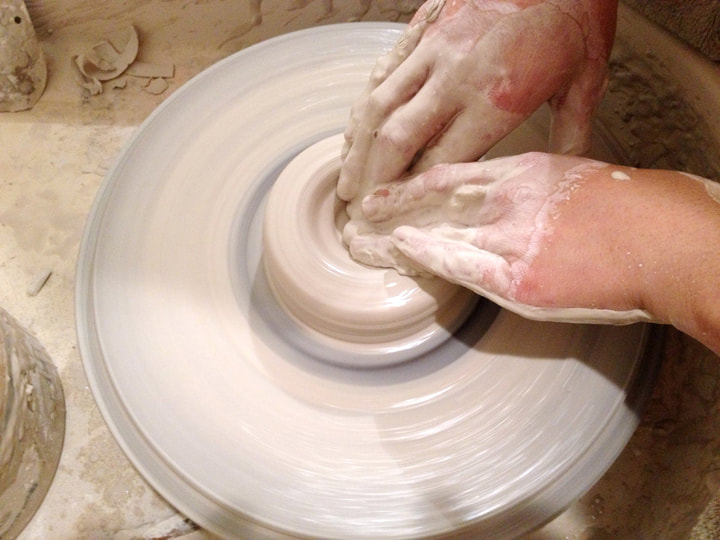
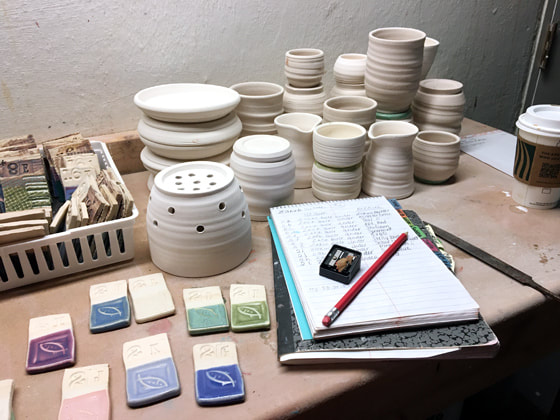
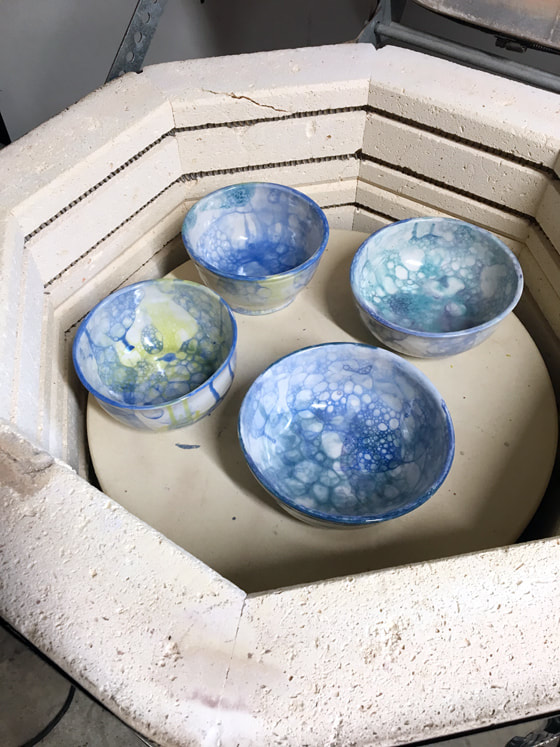
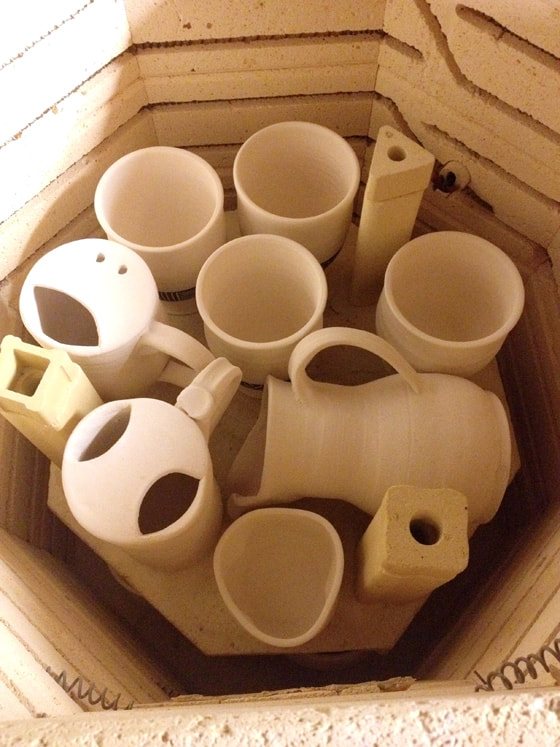
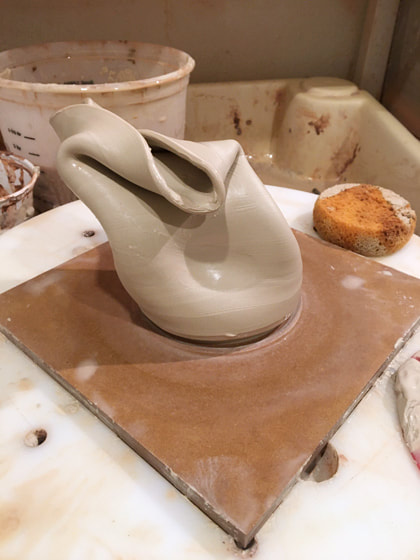
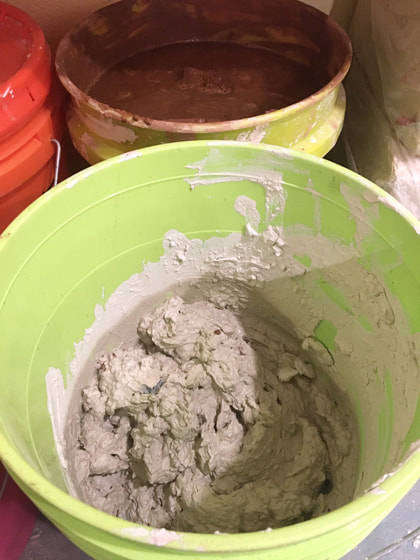
 RSS Feed
RSS Feed